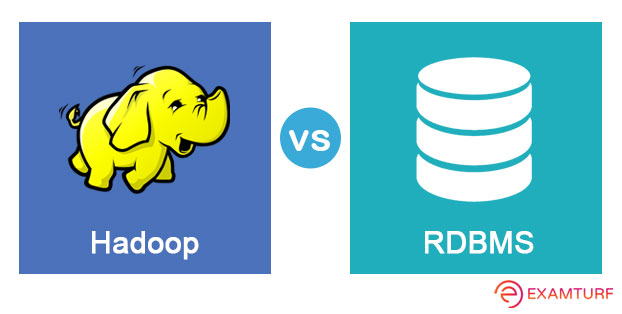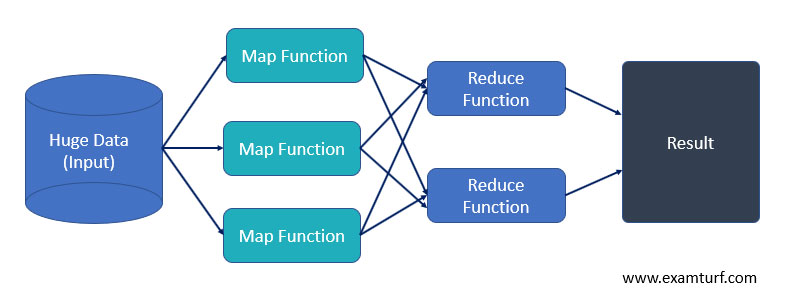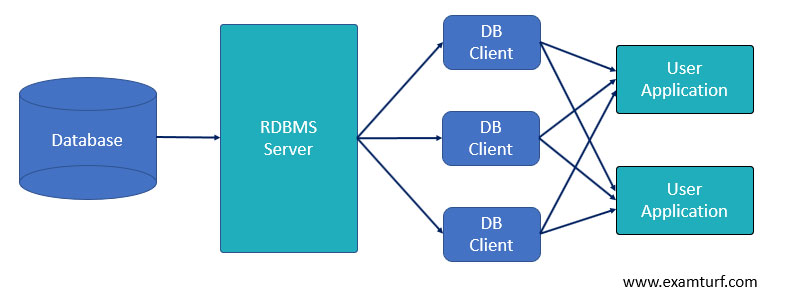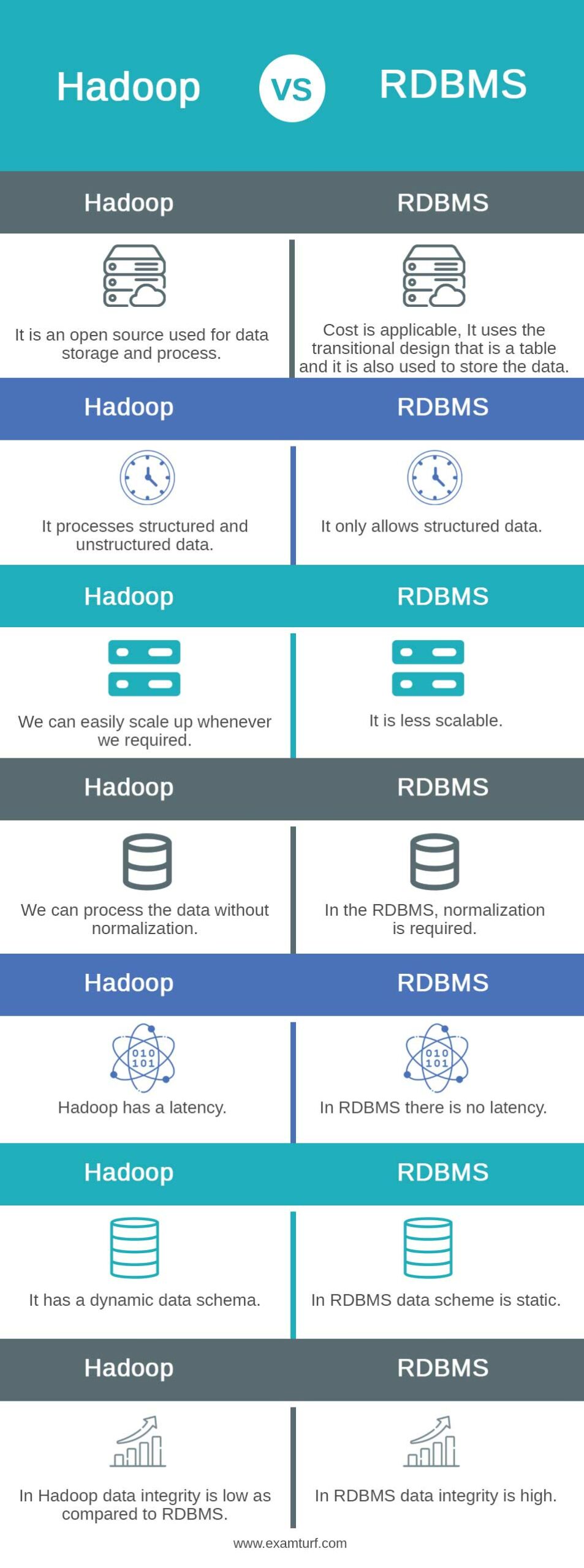
Definition of Hadoop vs RDBMS
We know that basically Hadoop is used to process the large size dataset which means the size is in gigabytes instead of a single large computer. Hadoop allows us to create multiple clusters to analyze and process the data. On the other hand, RDBMS means Relational Database Management System used to store relational data. Basically, RDMS is the basic era for all modern database systems such as MySQL, Oracle, Access, etc.
Table of contents
Difference Between Hadoop vs RDBMS
Unstructured, semi-structured, and well-structured data make up the Hadoop software framework. It provides real-time support for different programming languages such as XML, and JSON, as well as a flat-file format that is text-based, also provided by this. RDBMS functions effectively work when the entity-relationship flow is precisely defined. It allows the database structure or schema to expand the unsupervised nature of datasets. Specifically, structured data works well with an RDBMS. When big data processing is required, but the data being processed does not have reliable relationships, Hadoop will be a good choice. RDBMS provides ACID properties which are helpful for database design.
What is Hadoop?
Basically, Hadoop is an open-source framework provided by Apache and is written in Java programming language. Using simple programming models helps to store and process a lot of data across clusters of computers. Hadoop’s primary goal is to store and process Big Data which is a large amount of complex data. Hadoop has a high throughput, or the capacity to process a large amount of data in a short amount of time.
The architecture of Hadoop consists of four modules. Hadoop MapReduce, YARN, the Hadoop Distributed File System (HDFS), and Hadoop are common. The Java libraries and utilities are all contained in the common module. It also contains the files needed to start Hadoop. Job scheduling and cluster resource management are carried out by Hadoop YARN. The architecture of Hadoop we can see in the below screenshot.

What is RDBMS?
Based on the relational model, RDBMS stands for Relational Database Management System. Data is stored in tables in the RDBMS, and keys and indexes connect the tables. The entities are the data elements that make up a table. The table contains the row and columns.
For example, let’s consider, the stud information base can have a stud and class table. The student can have attributes like phone number, address, stud_id, and a stud_name. The class can have properties, for example, class_id, class_name, and so on. class_id is the primary key for the class table, whereas stud_id is the primary key for the student table. These two entities are connected by using the class_id as a foreign key in the student table. The tables also have connections to one another. They offer normalization, data integrity, and numerous other services. MySQL, MSSQL, and Oracle are among the most common RDBMSs. They query using SQL. We can see the architecture of RDBMS below screenshot.

Head to Head Comparison Between Hadoop vs RDBMS(Infographics)
Below are the top 8 differences between Hadoop and RDBMS:

Key Differences between Hadoop vs RDBMS
Let us look at the key differences between Hadoop and RDBMS:
Normally Hadoop is a collection of open source which helps to connect multiple computers and easily process a huge amount of data as well as data computation. The key point about Hadoop is that it has stored all types of data which means structured, unstructured, and semi-structured till it gives a fast result as compared to other software and tools.
On the other hand, RDBMS is used to create and manage the database which is based on the relational models and it is basic for all modern database systems. The key point about RDBMS is that it only processes structured data.
Hadoop Requirement
Now let’s see what the hardware and software requirements are:
| Component | Minimum Requirement |
| CPU | Core I3 minimum 3rd Gen |
| Memory | 8 GB |
| HardDisk | 500 GB |
| OS | Window 64 bit/ Redhat/Ubuntu/Centos |
| Hadoop | 2.3.0 or above |
| Java | 6.31 or above |
RDBMS Requirement
Now let’s see what the hardware and software requirements:
| Component | Minimum Requirement |
| CPU | Core I3 minimum 3rd Gen |
| Memory | 4 GB |
| HardDisk | 500 GB |
| OS | Window 64 bit/ Redhat/Ubuntu/Centos |
| MySQL | 5.7 |
| DBeaver version | 22.3.1 |
Comparison Table of Hadoop vs RDBMS
The table below summarizes the comparisons between Hadoop vs RDBMS:
| Hadoop | RDBMS |
| It is an open source used for data storage and process. | Cost is applicable, It uses the transitional design that is a table and it is also used to store the data. |
| It processes structured and unstructured data. | It only allows structured data. |
| It is best for huge data. | It is best for the OLTP structure. |
| We can easily scale up whenever we required. | It is less scalable. |
| We can process the data without normalization. | In the RDBMS, normalization is required. |
| Hadoop has a latency. | In RDBMS there is no latency. |
| It has a dynamic data schema. | In RDBMS data scheme is static. |
| In Hadoop data integrity is low as compared to RDBMS. | In RDBMS data integrity is high. |
Purpose of Hadoop
- It provides security to the client.
- We can easily analyze customer requirements from different companies such as financial and telecom.
- With the help of Hadoop, we can easily analyze the data country or state-wise.
- It supports forecasting and financial trading.
- Business point of view Hadoop helps us to understand and optimize the business requirement.
- By using Hadoop we can improve performance.
- It helps us to improve healthcare and public health.
- We can easily optimize the performance of the machine.
Purpose of RDBMS
- It also provides data security such as authorization.
- It supports fault tolerance, if suddenly power failure occurs or the machine is shut down then it recovers easily which means it supports concurrent access.
- It is easy to use because it uses the table to store the data in rows and columns.
- Scalability is easy and it supports the relational design of the database.
Conclusion
From this article, we are able to understand Hadoop vs RDBMS. It provides the basic idea and implementation of Hadoop vs RDBMS and we also see the representation of Hadoop vs RDBMS. In the end, we got an idea about the uses of Hadoop vs RDBMS.
Recommended Articles
This is a guide to Hadoop vs RDBMS. Here we discuss Hadoop vs RDBMS key differences with infographics and a comparison table in detail. You can also go through our other suggested articles to learn more –
Are you preparing for the entrance exam ?
Join our Data Science test series to get more practice in your preparation
View More